Blue Water Macro Photography
When many underwater photographers delve into macro photography, the instinct is to use the smallest possible apertures to bring out the most detail in the subject with the most depth of field. Such an approach means very little (or no) natural light hits the camera sensor, so that only what the strobe hits is exposed. The result is the macro subject starkly situated in front of a black background.
While this black background can be a pleasing way to make the subject really “pop,” it’s not the only way to expose your close-up images. Capturing macro subjects with a blue background is an interesting way to spice up your portfolio if the black backgrounds are becoming a little bland. You could call it “blue water macro.”
The color and patterns of a juvenille filefish “pop” against the rich blue waters of Grand Cayman
What Is Blue Water Macro?
“Blue water macro” images are those where the background is exposed to be blue rather than black. The term is a bit of a misnomer: It’s not only for tropical blue water. You can have blue, green, teal or even brown water backgrounds. Simply put, the goal is to expose the ambient light to show off the true color of the water behind the subject.
So why would you opt for a blue or green background, rather than a simple black one? A primary reason is just to make your macro images stand out from the rest—there are far fewer blue water macro images than traditional black background shots. Blue water images also provide the viewer more context about the environment in which the subject lives.
An ornate ghost pipefish normally blends in with its background—but including a blue background makes the subect easier to see for the viewer
Equipment for Blue Water Macro
The equipment needed for blue water macro is essentially the same as for your traditional macro images. DSLR users will use either a mid-range macro lens (55mm or 60mm) for more approachable subjects, or a higher focal length lens (100mm or 105mm) for more shy subjects that won’t let you get too close. You’ll still need strobes to illuminate the foreground subject—much the same as balancing artificial and natural light in a wide-angle scene. Strobes are also important for freezing the image and preventing blur, as you’ll be shooting at slow shutter speeds (1/30s) to let in more natural light.
Since compact camera lenses aren’t ideal for macro photography (the minimum focus distance at most focal lengths pushes the photographer far away from the subject), adding a macro diopter for blue water macro will allow you to reduce the minimum focus distance, making the subject larger in your frame and easier to light.
Sometimes, blue water subjects present themselves to you, like this jellyfsh with passengers floating up in the water column
Blue Water Macro Subjects
Not every macro subject is suitable for blue water macro—specifically, any critter or animal buried into a reef or rubble, where there is no opportunity to include open water in the background of the frame. Having said that, even critters on a reef can be captured with blue backgrounds if you shoot from below or from the side (see Blue Water Macro Techniques below).
The best subjects for blue water macro are those elevated in the water column, often hiding or resting on natural or artificial structures. Common natural structures include sea fans, whip corals, sponges; while artificial opportunities include ropes or structures on shipwrecks. It’s less about specific subjects, and more about those subjects in an environment where you can capture open water in the background.
Lembeh Strait, Indonesia: Using bokeh (shallow apertures) not only draws attention to the eyes of this shrimp, but also introduces a blue water background
Blue Water Macro Settings
The main difference from traditional macro is that you are going to need a more open aperture and slower shutter speed to turn an otherwise black background into a blue (or green one). Start with a slightly more open aperture than traditional macro: around f/16 for DSLR users or f/8 for compact cameras. You don’t want to open up your aperture too much, or else you’ll lose too much depth of field.
Shutter speeds for blue water macro are significantly slower—as low as 1/30s or 1/15s. This slow shutter speed will transform a dark blue/green or black background into a vibrantly colored one. It’s often best to start with your strobes turned off and produce a blue or green hue in the background to your liking before adding artificial light to illuminate the subject. The strobe will bring color and details to your subject, as well as “freezing it,” even with your slow shutter speed.
There’s no exact shutter speed setting to produce the “perfect” blue background—everyone has an individual preference as to what looks best. Under the same conditions, one photographer might prefer a more royal, dark blue (1/30s), while another might prefer a lighter, tropical blue (1/15s). You can experiment with different shutter speeds to find your preference. Remember, because you’re adjusting shutter speed, you don’t have to worry about adjusting your strobe output as long as your aperture and ISO stay the same.
Adjusting the camera’s shutter speed (roughly between 1/15s–1/60s) allows you to control how dark the blue backround appears. Sometimes, a darker background can be pleasing, like with this orangutan crab
Blue water “macro” photography can also be applied to larger subjects, like this batfish in Lembeh, Indonesia
Blue Water Macro Techniques
The real key technique to blue water macro—aside from finding the best settings—is framing the subject well. You’ll be very lucky if you find a free-swimming frogfish; most of the time, you’ll have to create the opportunity by experimenting with different angles. Take a longnose hawkfish, for example: You could shoot it straight on and have a lovely portrait shot, but it might get a bit lost in the clutter of the reef. However, if you frame it from the side and include blue water to really make it pop and give a sense of the environment—then you’d have a really special image.
Kona, Hawaii: The blue water background makes for a nice contrast against the red coloring of the longnose hawkfish
Post-Processing Blue Water Macro Images
Because you’re letting in more ambient light, and slightly less strobe output, than traditional macro, the image may appear to have less contrast and a blue hue. Much of this is an easy fix in post-processing.
For photographers shooting in RAW, you can begin by using the “White Balance” tool to remove the majority of any blue hue in the frame. Click on a white or neutral gray spot in the frame to reset the white balance in the image. You can also manually adjust how warm or cold you want the image to be through the “Temperature” settings.
The additional ambient light may also reduce the contrast, in which case increasing contrast and adding black back into the image will make it “pop” a bit more. Even if you’re shooting in JPG, you can increase contrast and black point in Photoshop or Lightroom. With a JPG, you can’t remove the blue hue with the “White Balance” tool, but a similar effect can be achieved through the “Levels” tool.
Finally, you can also fine-tune the blue (or green) water in your image to your liking through “Selective Color”—making it lighter or darker, or changing the hue. Discovering how to make the most of your blue water macro images in post-processing can be an important final touch.
You can adjust the hue and saturation of the blues in post-processing, as well as increasing contrast in the foreground to make the image “pop” more
RELATED CONTENT
Featured Photographer

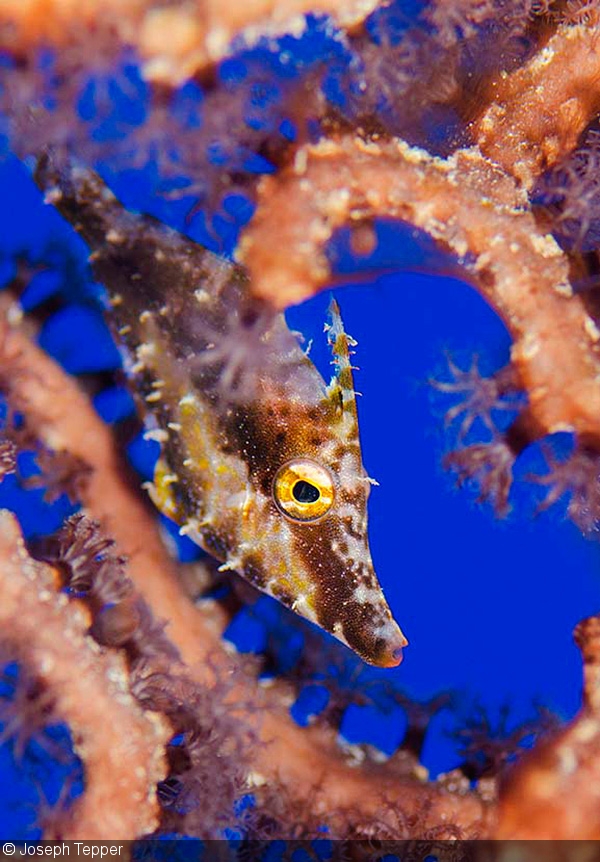
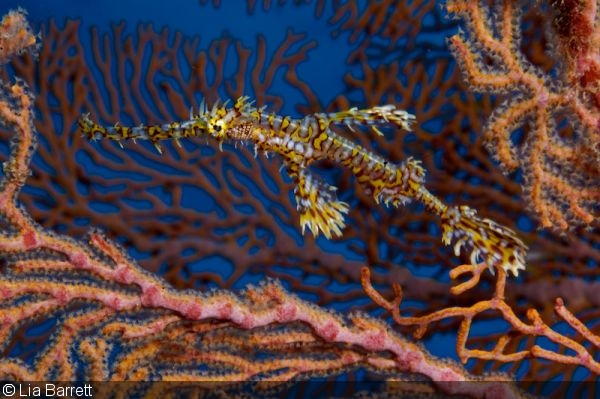

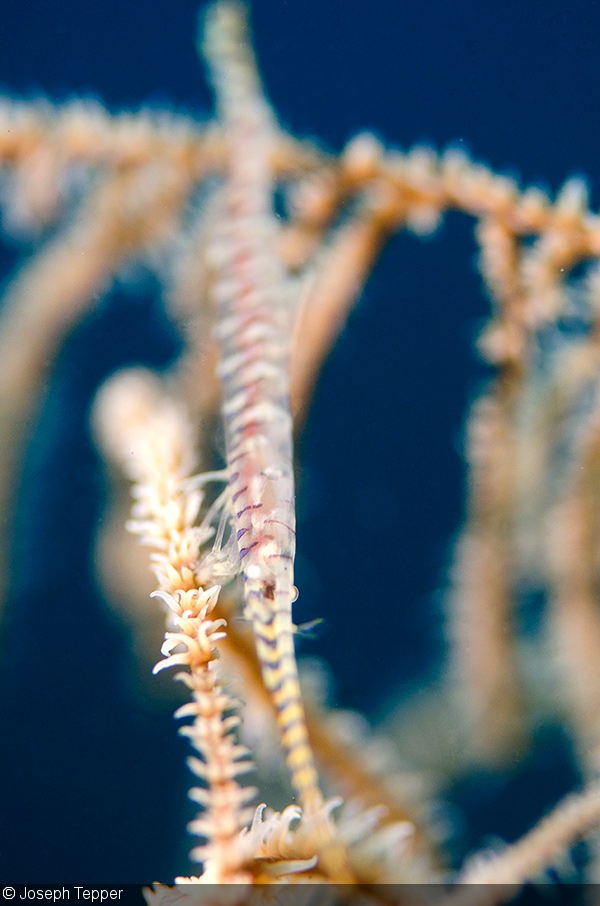
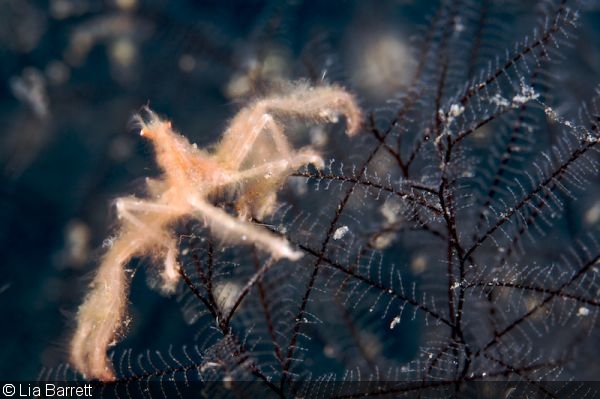
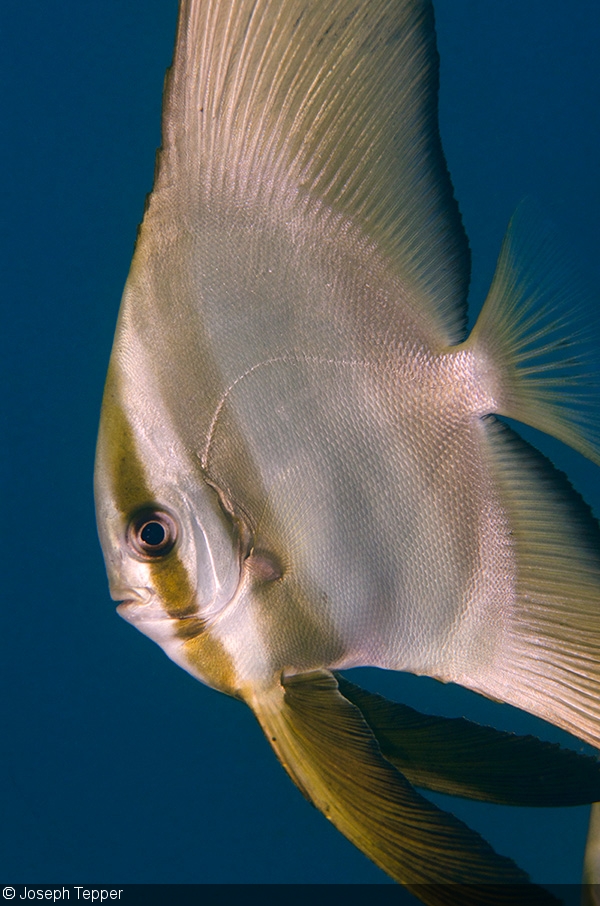
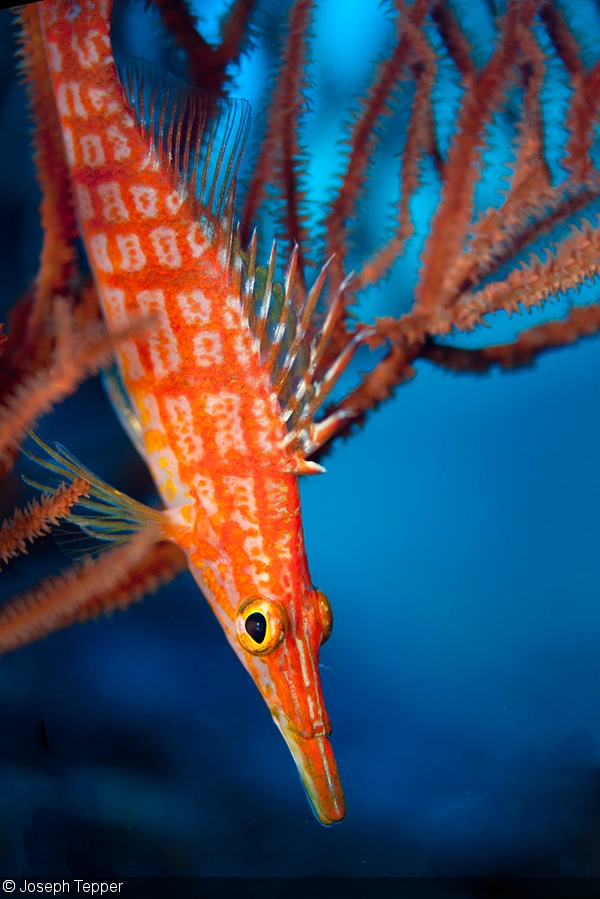
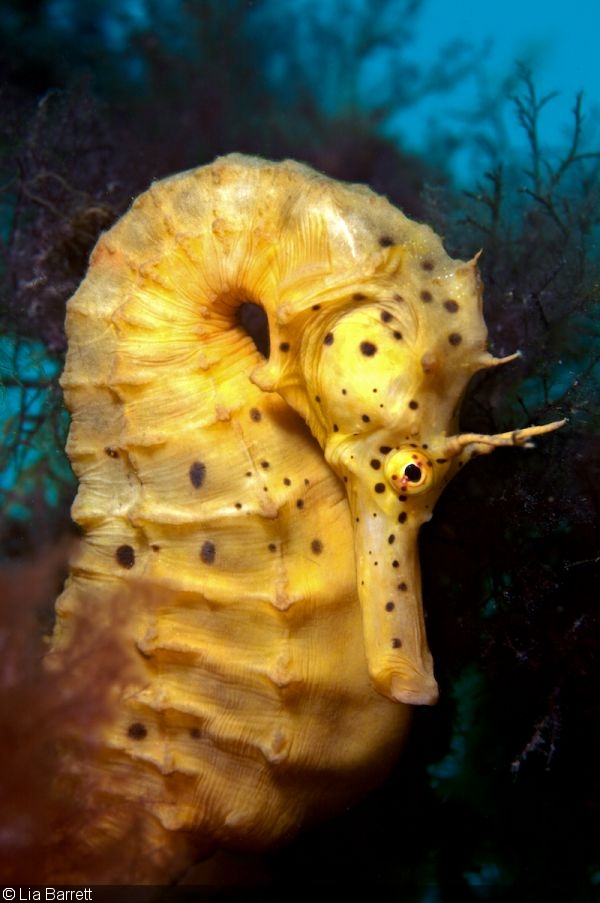
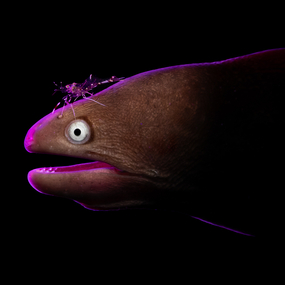
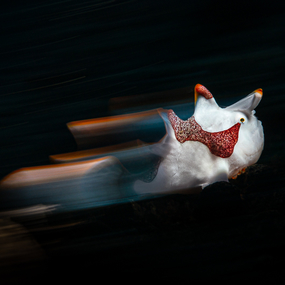
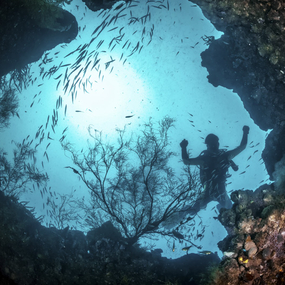
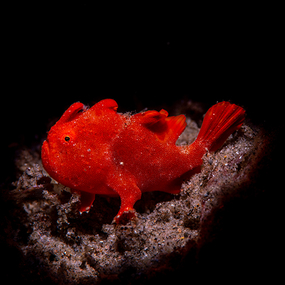
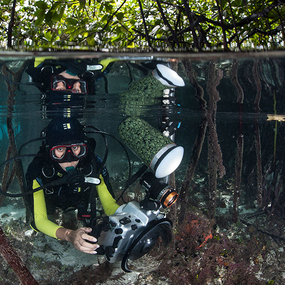
 Antarctica
Antarctica




